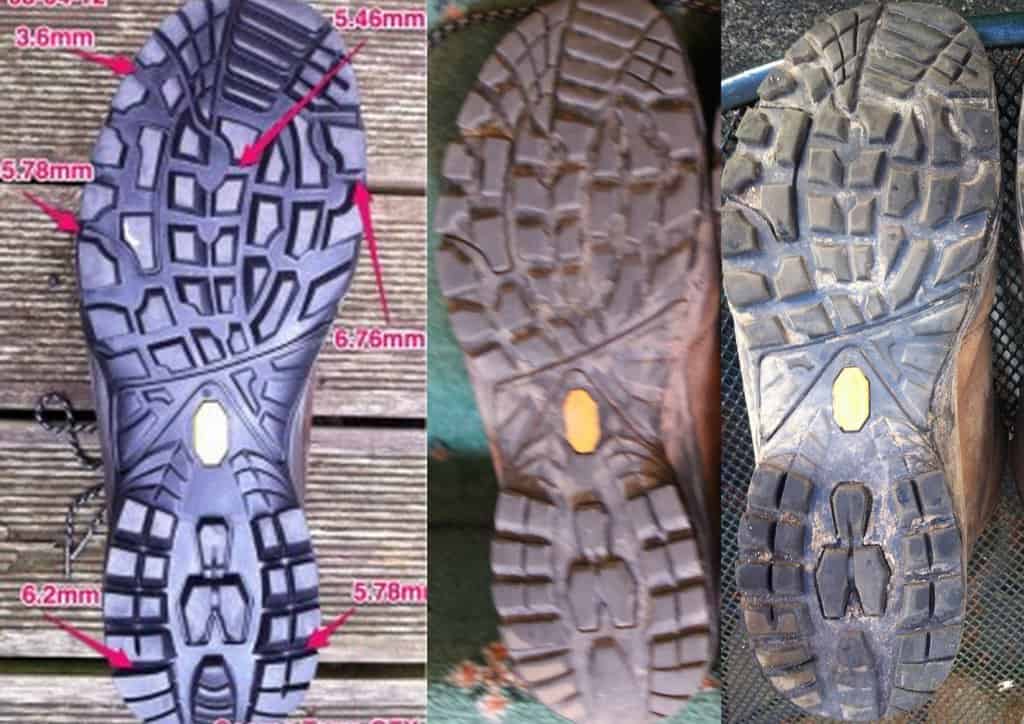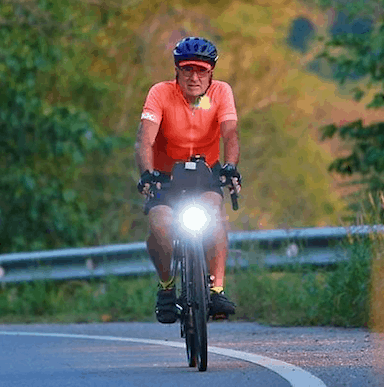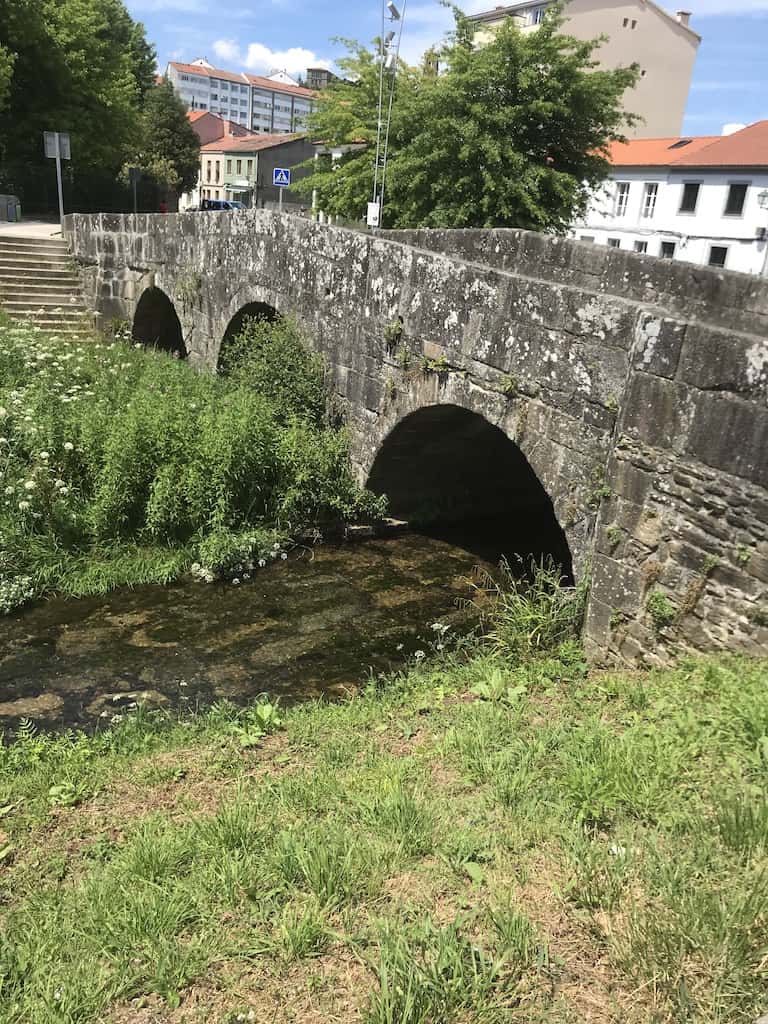I bought my latest pair of Scarpa Terra GTX boots, from Open Air in Cambridge, UK on the 7th April 2012 for over £120 (the price has rocketed recently since they moved production back to Italy from Romania) , in preparation for walking the whole of The South West Coast Path which is just over 1000km or 630 miles. Here are snapshots of the boot over the past 14 days:-
 The first image is with zero steps, centre image after 279,604 steps (127 miles) and the right hand image after 533,415 steps (243 miles)
The first image is with zero steps, centre image after 279,604 steps (127 miles) and the right hand image after 533,415 steps (243 miles)
As you can see the heel is getting worn out very quickly , now down to the core material with the toe rapidly catching up. The terrain is not particularly harsh mainly grass / mud /sand /tarmac but no granite limestone etc.
So will they last the 630 miles? It would be interesting to hear what Scarpa have to say about their boot life! In fact the first pair only lasted 1 hour as there was a broken needle stuck in the leather 🙂 but Open Air replaced those straight away.
Update: 30 April 2012
The left boot leaked really badly today from somewhere at the front of the boot, thats 680,000 steps, 102 hours of walking, 307 miles. Pretty poor show




@scarpauk interesting post for you http://t.co/vwOBfypq
you will be needing new boots too then before we go off to the Pyrenees, maybe if we buy 2 pairs together we shall get that discount 🙂
Next leg involves some scrabbling over granite, so you’ll be giving them the full work out!! Mind your ankles as well. I went over twice in the first 4 miles out of St.Ives, it’s very uneven in places
I’ve found the same with my Scarpa boots. Just like a tyre, the harder the compound the longer it lasts but with a lower friction factor. (Just watch a Formula 1 race with the differences between Prime and Option tyres). Scarpa seem to have biased toawrds grip at the expense of durability. Great on wet rocks as long as they last…..
Indeed, but personally I think most grip comes from the tread, which if wears away after a couple of walks makes the boot useless!
Agree – most of the time on grass and textured or rough surfaces. As the tread wears the corners round off so the boots can’t bite in or catch. The softer compounds with higher µ (friction factor) values work better on smooth hard surfaces like flat rock, paving slabs or rolled tarmac roads.
If I can’t get a guarantee that my new hiking boots can last one year, but yet still be very strong to go on, then I’ll probably be looking somewhere else.